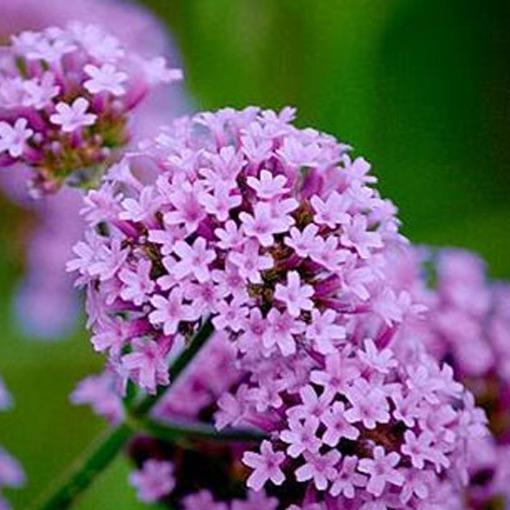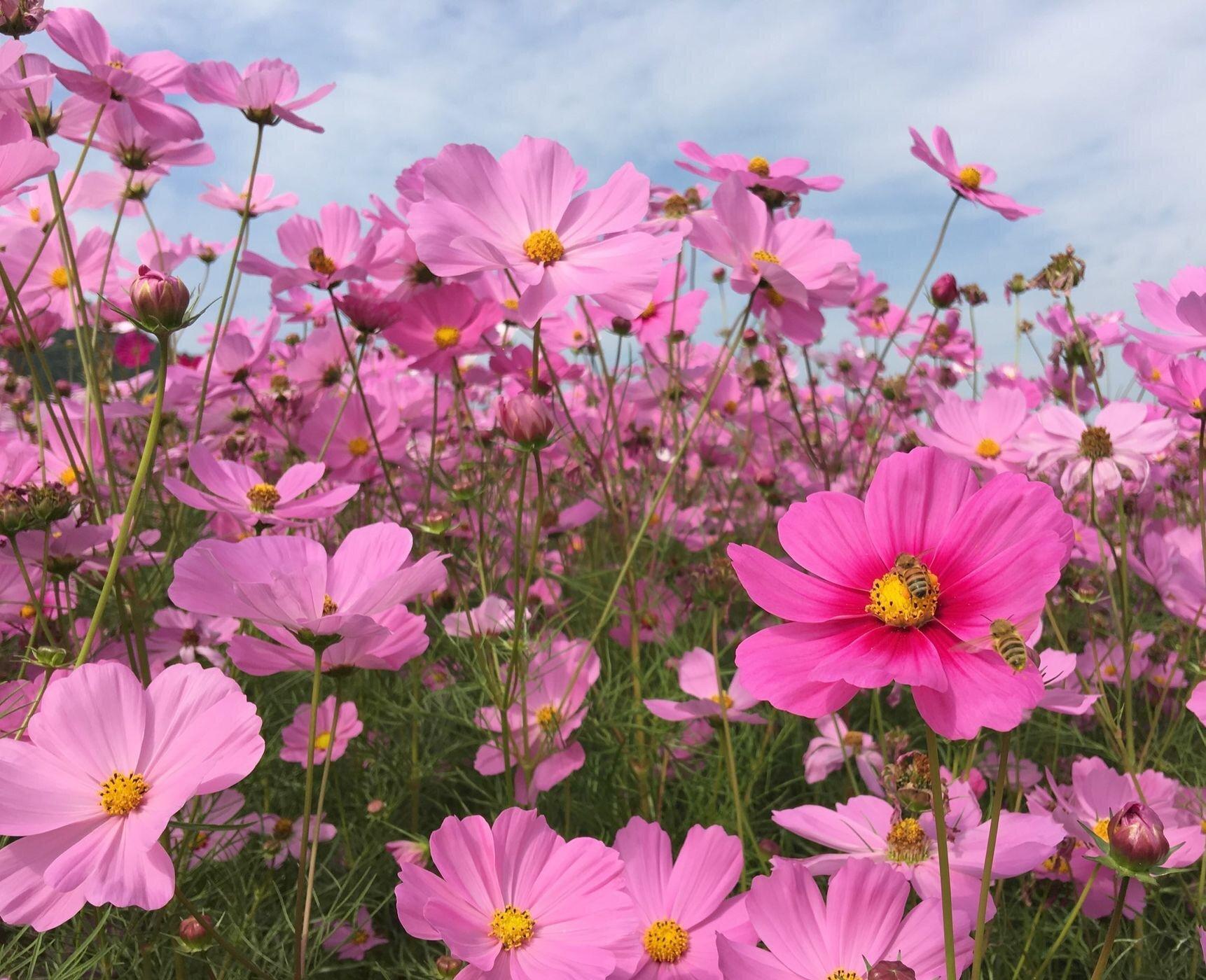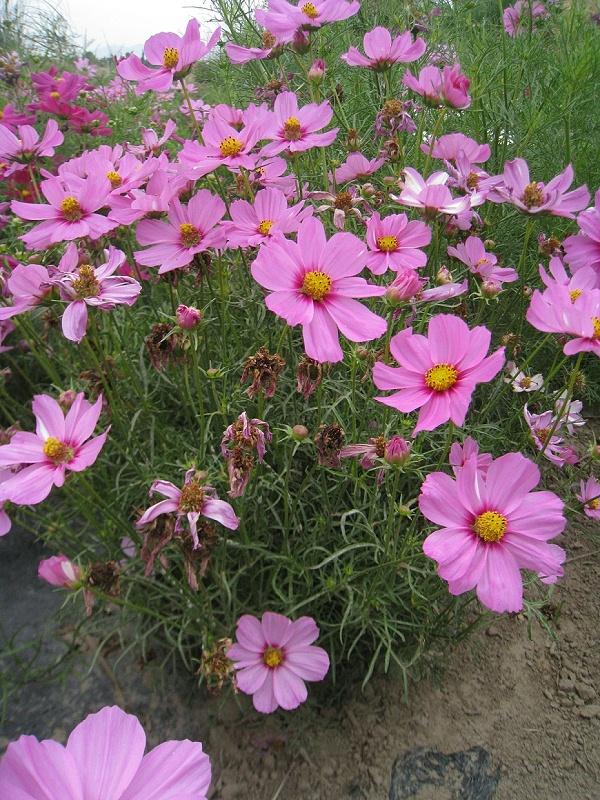The Campanulaceae family, commonly known as the bellflower family, has an interesting story behind its name. Legend has it that a young botanist named Campanula fell in love with a beautiful fairy from the forest. However, their love was forbidden, and they were forced to part ways. Heartbroken, Campanula dedicated his life to studying flowers and named the family of plants after his beloved fairy. The bell-shaped flowers of Campanulaceae symbolize his lasting love and admiration for her. Today, whenever we see a bellflower, it reminds us of the enduring power of love and the beauty found in nature.
Picture
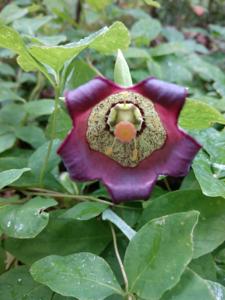
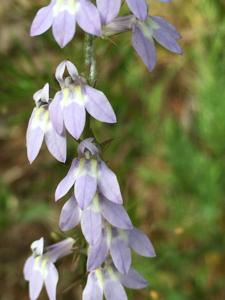
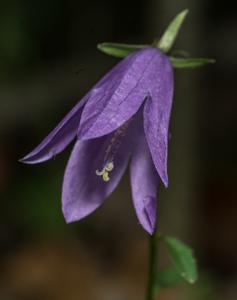
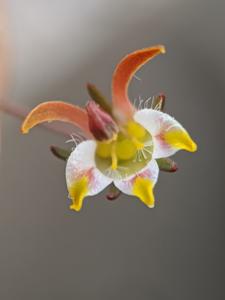
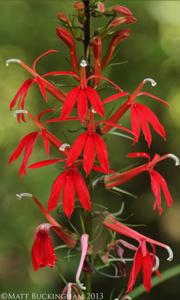
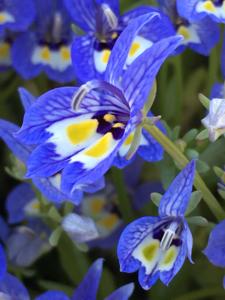
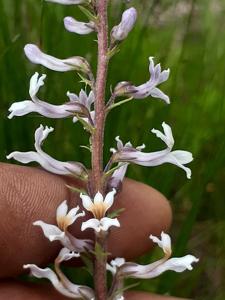
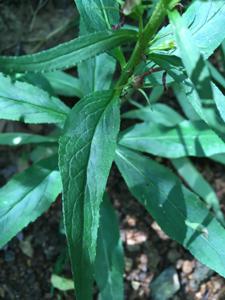
Plant some seeds now!
Short Description
The family Campanulaceae (also bellflower family), of the order Asterales, contains nearly 2400 species in 84 genera of herbaceous plants, shrubs, and rarely small trees, often with milky sap. Among them are several familiar garden plants belonging to the genera Campanula (bellflower), Lobelia, and Platycodon (balloonflower). Campanula rapunculus (rampion or r. bellflower) and Codonopsis lanceolata are eaten as vegetables. Lobelia inflata (indian tobacco), L. siphilitica and L. tupa (devil’s tobacco) and others have been used as medicinal plants. Campanula rapunculoides (creeping bellflower) may be a troublesome weed, particularly in gardens, while Legousia spp. may occur in arable fields.
Most current classifications include the segregate family Lobeliaceae in Campanulaceae as subfamily Lobelioideae. A third subfamily, Cyphioideae, includes the genus Cyphia, and sometimes also the genera Cyphocarpus, Nemacladus, Parishella and Pseudonemacladus. Alternatively, the last three genera are placed in Nemacladoideae, while Cyphocarpus is placed in its own subfamily, Cyphocarpoideae.
This family is almost cosmopolitan, occurring on all continents except Antarctica. In addition, species of the family are native to many remote oceanic islands and archipelagos. Hawaii is particularly rich, with well over 100 endemic species of Hawaiian lobelioids. Continental areas with high diversity are South Africa, California and the northern Andes.
Habitats range from extreme deserts to rainforests and lakes, from the tropics to the high Arctic (Campanula uniflora), and from sea cliffs to high alpine habitats.
Description
Although most Campanulaceae are perennial herbs (sometimes climbing, as in Codonopsis), there is also a large number of annuals e.g. species of Legousia. Isotoma hypocrateriformis is a succulent annual from Australia’s dry interior. There are also biennials, e.g. the commonly cultivated ornamental Campanula medium (Canterbury bells). Many perennial campanuloids grow in rock-crevices, such as Musschia aurea (Madeira) and Petromarula pinnata (Crete). Some lobelioids also grow on rocks, e.g. the peculiar perennial stem succulent Brighamia rockii in Hawaii. Insular and tropical montane species in particular are often more or less woody and may bear the leaves in a dense rosette. When, in addition, the plant is unbranched, the result may be a palm- or treefern-like habit, as in species of the hawaiian genus Cyanea, which comprises the tallest of Campanulaceae, C. leptostegia (up to 14 m). Lysipomia are minute cushion plants of the high Andes, while gigant rosette-forming lobelias (e.g., Lobelia deckenii) are a characteristic component of the vegetation in the alpine zone on the tropical African volcanoes. In the Himalaya Campanula modesta and Cyananthus microphyllus reach even higher, probably setting the altitudinal record for the family at 4800 m. Several species are associated with freshwater, such as Lobelia dortmanna, an isoetid common in oligotrophic lakes in the boreal zone of North America and Europe, and Howellia aquatilis, an elodeid growing in ponds in SW North America.
There is usually abundant, white latex, but occasionally the exudate is clear and/or very sparse, as in Jasione.

